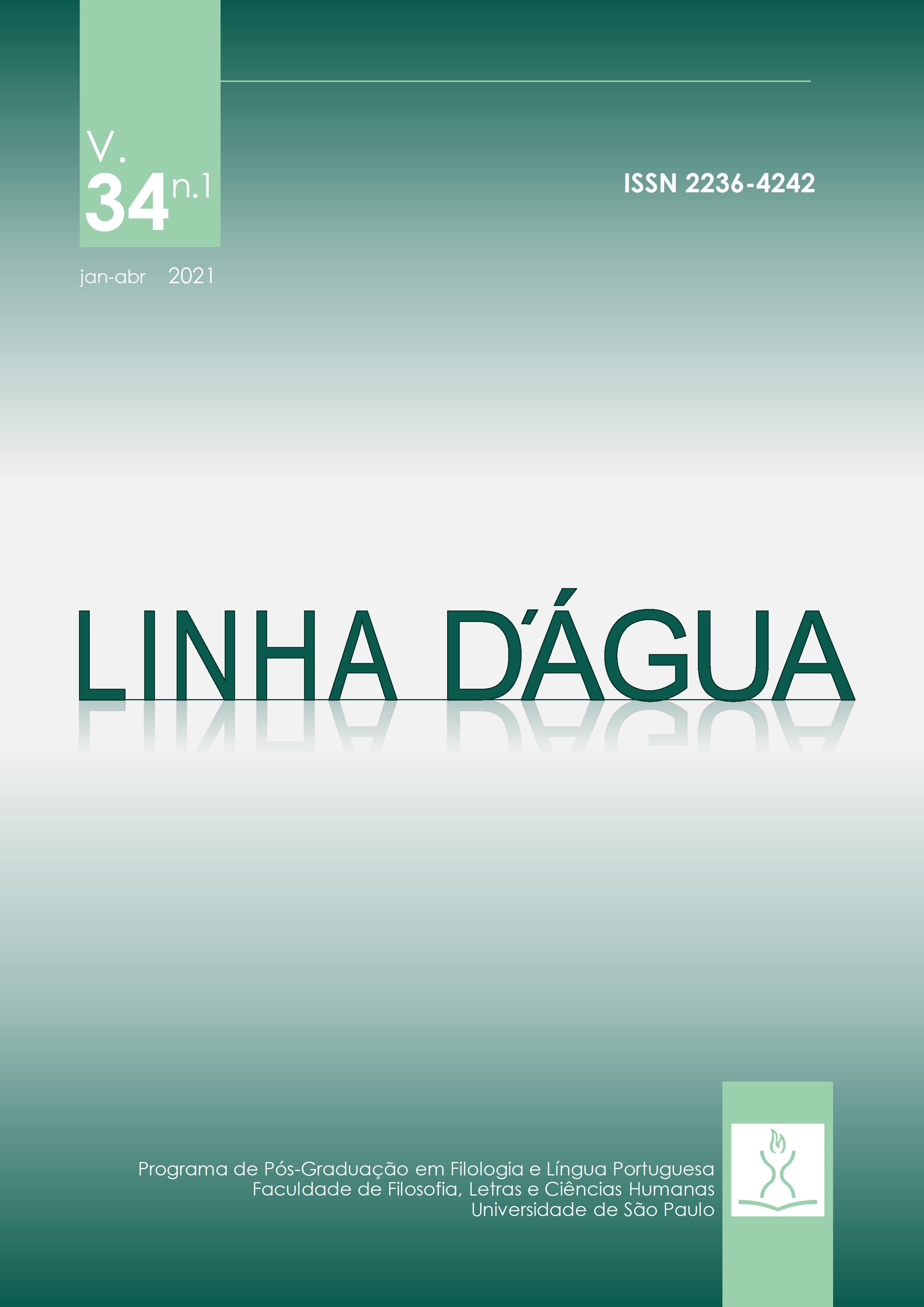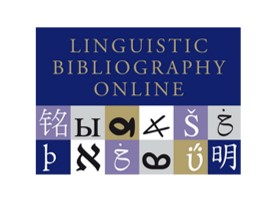Conciliation Hearing: Legal Framework and Interaction
DOI:
https://doi.org/10.11606/issn.2236-4242.v34i1p81-102Keywords:
Interaction, Institutional talk, Overall Structural Organization, Lexical Choice, Professional VocabularyAbstract
This study is a reflection concerning the interaction in conciliation hearings held in a Civil Forum in the State of Rio Grande do Norte. We discuss some dimensions of those hearings, guided by what defines the legislation (CPC and the Law of Special Courts), observing how the normative regulations influence the linguistic-discursive aspects. Thus, we privilege the evidences of the overall structural organization of the interaction and the lexical choices that permeate the hearings, from the point of view of the Institutional Talk. We followed the Conversation Analysis orientation for the construction of the investigation corpus, consisting of two conciliation hearings, recorded on video and transcribed according to the system adopted by the studies of oral texts. The analysis of the audience data allowed us to recognize some consistency in the interaction, marked by what is institutionally defined, given the compliance with laws and guidelines that are embodied in the linguistic-discursive level, based on the lexicon identified in this research data.
Downloads
References
ARLÉ, D. G. G; BALDINI, L.; BORGES, V. M. G. Técnicas de negociação no âmbito do Ministério Público. In: Manual de negociação e mediação para membros do Ministério Público. CNMP, 2015, p. 165-234.
AQUINO, Z. G. O. de. O léxico no discurso político. In. PRETI, D; Léxico na língua oral e na escrita. São Paulo: Humanitas, Projetos Paralelos, v. 6, 2003, p. 195-210.
BRASIL. Lei nº 9.099. Dispõe sobre os Juizados Especiais Cíveis e Criminais e dá outras providências. 1995. Disponível em: http://www.planalto.gov.br/ccivil_03/leis/l9099.htm. Acesso em: 08 jan. 2021.
BRASIL. Lei nº 13.105. Código de Processo Civil. 2015. Disponível em: http://www.planalto.gov.br/ccivil_03/_ato2015-2018/2015/lei/l13105.htm. Acesso em: 08 jan. 2021.
CARAPINHA, C. A linguagem jurídica. Contributos para uma caracterização dos Códigos Legais Redis: Revista de Estudos do Discurso, nº. 7, p. 91-119, 2018.
CAPPELLETTI, M.; GARTH, B. Acesso à justica. Trad. Ellen Gracie Northfleet. Porto Alegre: Sérgio Antônio Fabris, 1988.
CONSELHO NACIONAL DE JUSTIÇA. In: AZEVEDO, A. G. de (Org.) Manual de Mediação Judicial. Brasília/DF: CNJ, 2016. Disponível em: http://www.cnj.jus.br/files/conteudo/arquivo/2016/07/f247f5ce60df2774c59d6e2dd dbfec54.pdf.
DREW, P; HERITAGE, J. Talk at work. Social Interaction in institutional settings. Cambridge: Cambridge University Press, 1992.
GARCIA, A. C. An Introduction to interaction: understanding talk in formal and informal settings. New York: Bloomsbury Academic, 2013.
HABERMANN, R. T. Mediação e conciliação no Novo CPC. Leme: Habermann Editora, 2016.
HERITAGE, J. Conversation analysis and institutional talk. In: FITCH, K. L; SANDERS, R. E. Language and social interaction. New Jersey: Lawrence Erilbaun Associates, Inc Publishers, 2005.
HERITAGE, J. Language and social institutions: the conversation analytic view. Journal of Foreign Languages, v. 36, n. 4, 2013. Disponível em: http://www.cnki.net. Acesso em: 08 ago. 2016.
KERBRAT-ORECCHIONI, K. Análise da conversação: princípios e métodos. São Paulo: Parábola, 2006.
KOMTER, M. Conversation analysis in the courtroom. In: SIDNELL, J; STIVERS, T. The handbook of conversation analysis. Oxford: Wiley-Blackwell, 2013, p. 612-629.
MARQUES, H. da C. Os conciliadores e mediadores judiciais como auxiliares da justiça (ART. 149 do CPC). Revista FONAMEC, v. 1, n.1, p. 157-170, 2017.
PRETI, D.; QUADROS, M. Normas para transcrição. In: PRETI, D; QUADROS, M. Comunicação na Fala e na Escrita. São Paulo: Humanitas, Projetos Paralelos, v. 12, 2013.
ROBINSON, J. D. An interactional structure of medical activities during acute visits and implications for patients’ participation. Health Communication, v. 15, n. 1, p. 27-57.
ROBINSON, J. D. Overall structural organization. In: SIDNELL, J; STIVERS, T. The handbook of conversation analysis. Oxford: Wiley-Blackwell, 2013, p. 257-280.
RIOS, R. F. Resolução de conflitos em audiências do PROCON: sequências de discordância com correção pelo outro e recursos de agravamento. Tese (Doutorado em Linguística). Programa de Pós-Graduação em Letras e Linguística da Faculdade de Letras da Universidade Federal de Goiás, 2014. Disponível em http://repositorio.bc.ufg.br/tede/handle/tede/4763. Acesso em: agosto de 2017.
SACKS, H.; SCHEGLOFF, E.; A.; JEFFERSON, G. A simplest systematics for organization of turn taking for conversation. Language, v. 50, n. 4, p. 699-733, 1974.
SACKS, Harvey. Lectures on conversation. Oxford: Basil Blackwell, 1992.
SCHEGLOFF, Emanuel. Sequence organization in interaction: a primer in conversation analysis I. Cambridge: Cambridge University Press, 2007.
SOUZA, J. M. de. As técnicas de conciliação e mediação nos juizados especiais cíveis. Jurisway, 2011. Disponível em: https://www.jurisway.org.br/v2/dhall.asp?id_dh=5829. Acesso em: 03 nov. 2017.
ZIMMERMAN, D. H. Talk in its occasion. The case of calling the police. In: SHIFFRIN, D. (Ed.). Meaning, form and use in context: linguistics application. Georgetown Roundtable on Languages and Linguistics. Washington DC: Georgetown University Press, 1984. p. 22-43.
ZIMMERMAN, D. H. The interactional organization of calls for emergency assistance. In: DREW, P; HERITAGE, J. (Eds.) Talk at work: social interaction in institutional settings. Cambridge: Cambridge University Press, 1992, p. 418- 469.
Downloads
Published
Issue
Section
License
Copyright (c) 2021 Marise Adriana Mamede Galvão, Anderson Souza da Silva Lanzillo

This work is licensed under a Creative Commons Attribution-NonCommercial 4.0 International License.
The Editorial Board authorizes free access to and distribution of published contentes, provided that the source is cited, that is, granding credit to the authors and Linha D'Água and preserving the full text. The author is allowed to place the final version (postprint / editor’s PDF) in an institutional/thematic repositor or personal page (site, blog), immediately after publication, provided that it is available for open access and comes without any embargo period. Full reference should be made to the first publication in Linha D'Água. Access to the paper should at least be aligned with the access the journal offers.
As a legal entity, the University of São Paulo at Ribeirão Preto School of Philosophy, Sciences and Languages owns and holds the copyright deriving from the publication. To use the papers, Paidéia adopts the Creative Commons Licence, CC BY-NC non-commercial attribution. This licence permits access, download, print, share, reuse and distribution of papers, provided that this is for non-commercial use and that the source is cited, giving due authorship credit to Linha D'Água. In these cases, neither authors nor editors need any permission.
Partial reproduction of other publications
Citations of more than 500 words, reproductions of one or more figures, tables or other illustrions should be accompanied by written permission from the copyright owner of the original work with a view to reproduction in Linha D'Água. This permission has to be addressed to the author of the submitted manuscript. Secondarily obtained rights will not be transferred under any circumstance.










